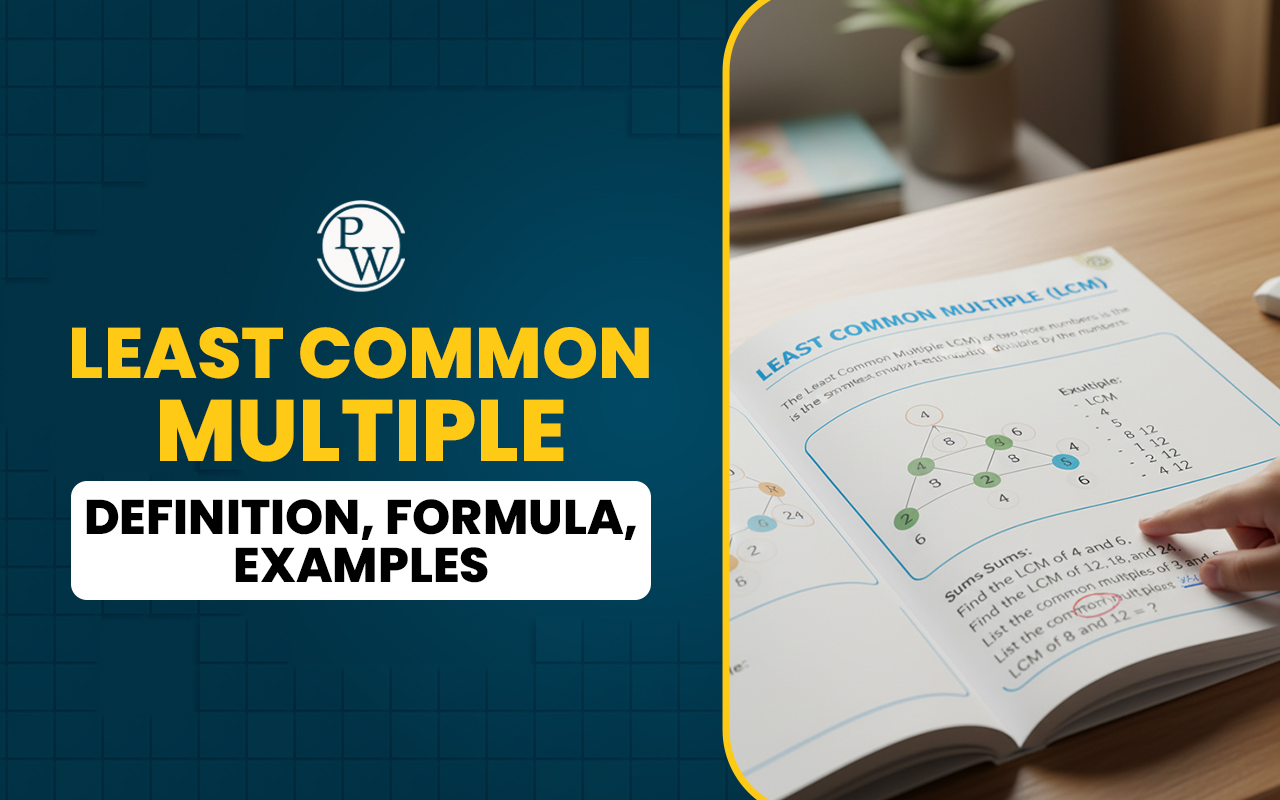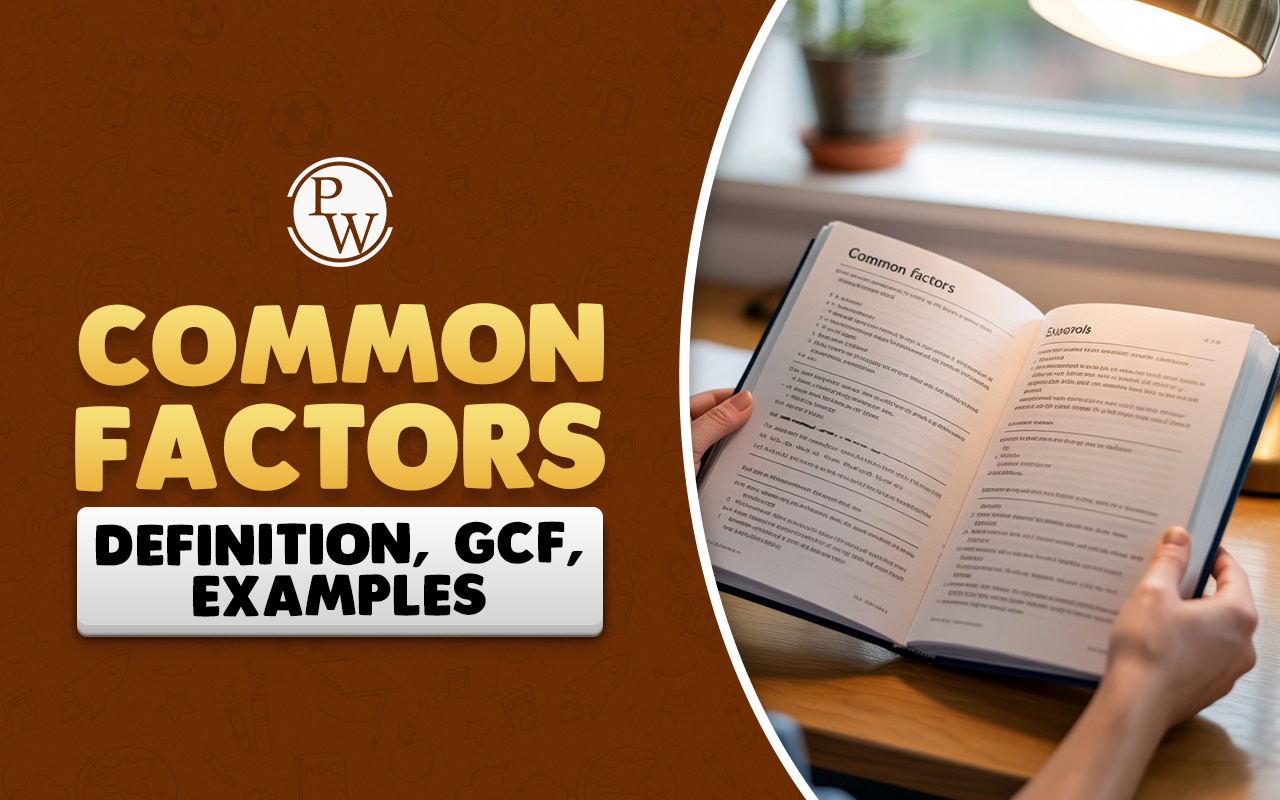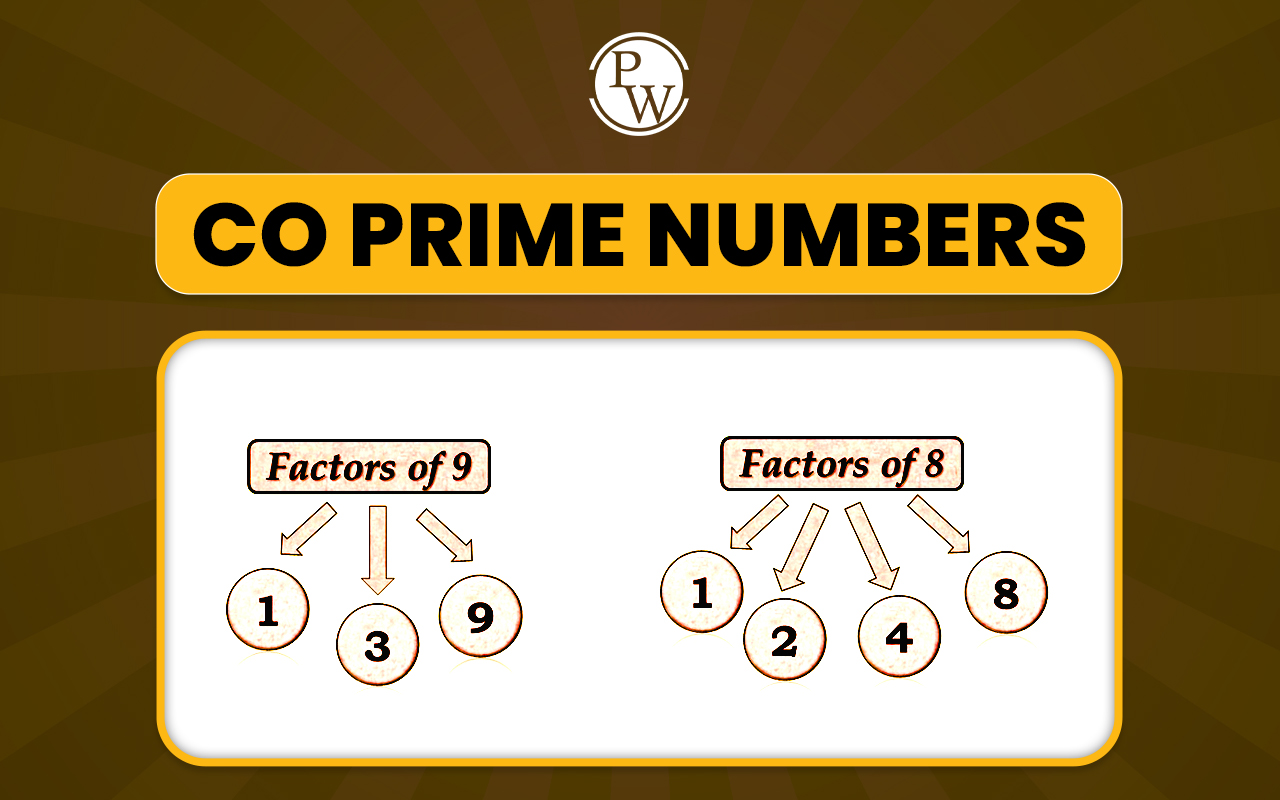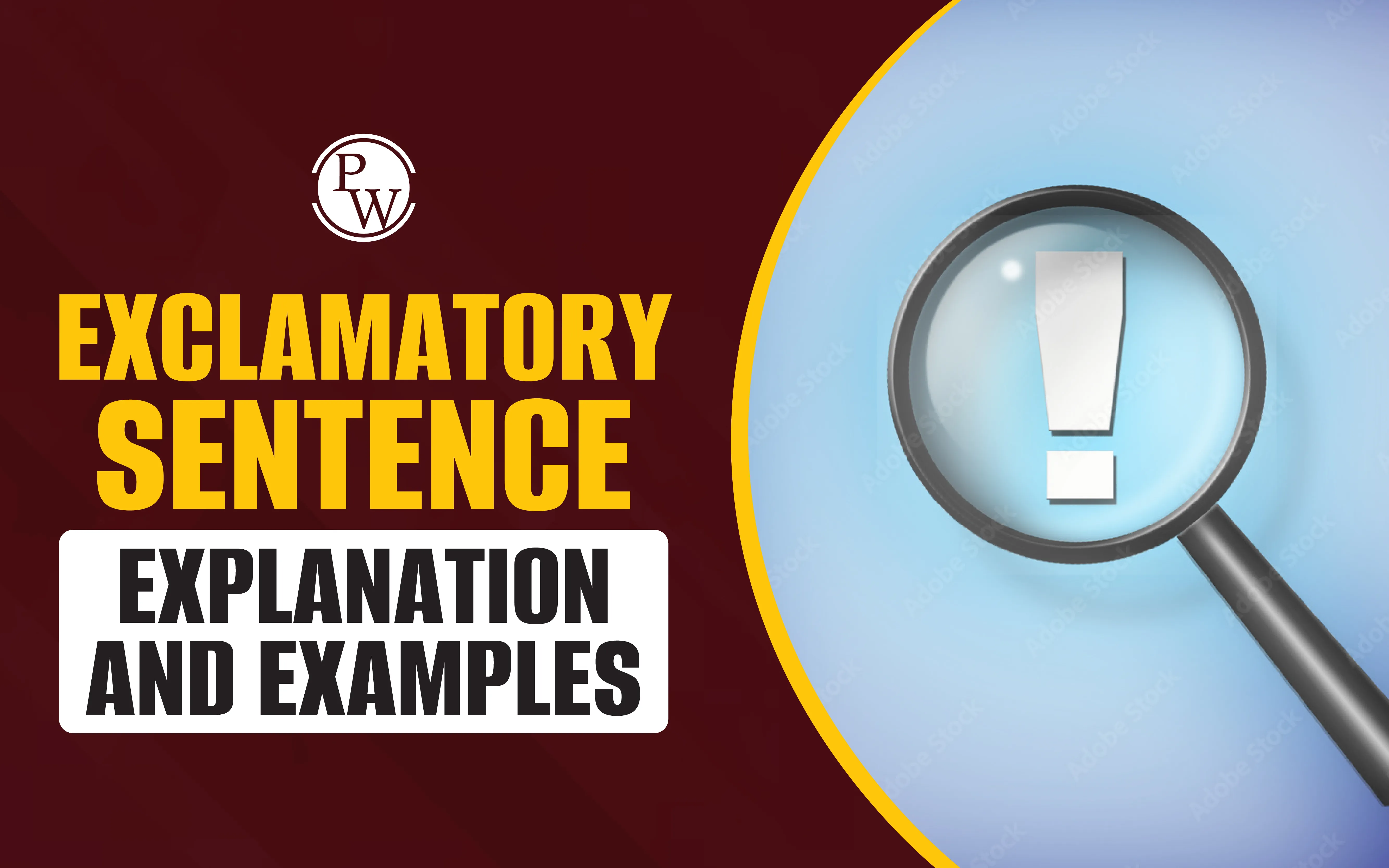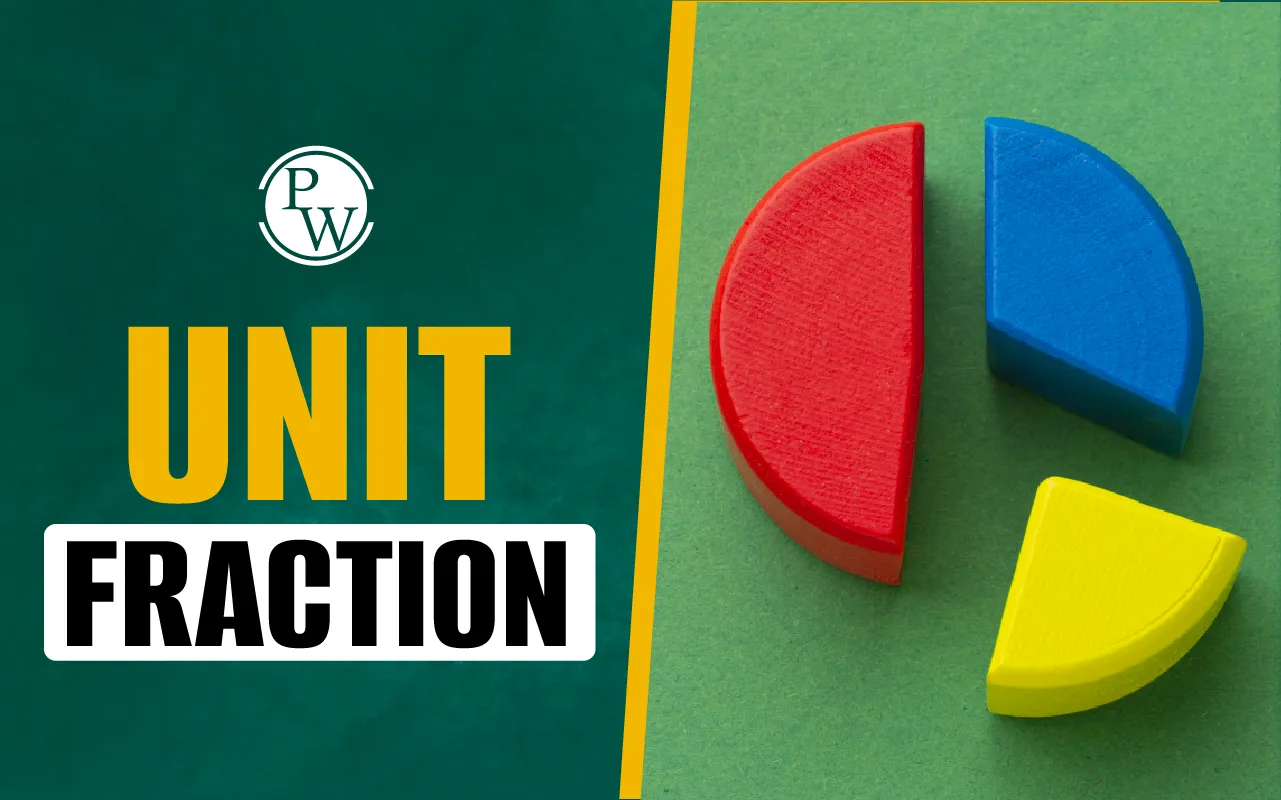
Multiplication of fractions is not as complex as it appears, because you can perform the operation conveniently with some simple steps. A knowledge of the multiplication of fractions makes calculations in everyday tasks easier.
If you make ½ of ½ of some quantity, you get ¼ of the whole. The simple multiplication of both fractions obtains this. In this blog, please find out how to multiply fractions and explore their usefulness in real-life mathematical calculations.
How To Multiply Fractions?
Multiplication of fractions is very simple. Each fraction contains two components: the numerator and the denominator. When we multiply fractions, we multiply the numerator of one fraction by the numerator of another.
Again, we multiply one fraction's denominator by another's denominator. Now, we get a new fraction with the product of two numerators as the numerator and the product of two denominators as the denominator.
This new fraction results from the multiplication of the two given fractions.
Read More - Ratio: Meaning, Formulas, How to Solve, Types, Examples
Steps to Multiply Fractions
Let's take two fractions: p/q and m/n.
The multiplication of these fractions is done through the following steps:
-
First, we multiply p by m
-
Then, we multiply q by n
-
Now, we get p x m as the new numerator
-
We get q x n as the new denominator
-
We write a new fraction with p x m as the numerator and q x n as the denominator
-
The new fraction (p x m)/ (q x n) is the product of the given fractions,
Read More - Numbers: Definition, Types, and Properties
Multiplication of Fractions Definition with Examples
Multiplication of Fractions Definition states that to multiply two or more fractions, we multiply the numerators to get the new numerator and the denominators to get the new denominator.
This method makes it simple to solve fraction multiplication problems. Let’s understand this with an example:
Multiplying 3/8 and 4/9.
Step 1: First, we multiply the numerators 3 and 4
So, we get 3 x 4 = 12
Step 2: Then, we multiply the denominators 8 and 9
So, we get 8 x 9 = 72
Step 3: By using these two products, we get a new fraction 12/72
Step 4: Next, we can simplify this new fraction. So, 12/72 = 1/6
Therefore, we can write,
3/8 x 4/9 = 1/6
So, by multiplying 3/8 and 4/7, we get the new fraction 1/6.
Read More - Tables From 1 to 12
Alternative Method of Multiplication in Fractions
Another way of multiplying fractions is to simplify the given fractions among themselves while multiplying. The process involves dividing the numerator of one fraction and the denominator of another fraction by some common factors.
After simplifying, we multiply the simpler fractions using the method mentioned before. This process helps avoid complex multiplications.
For example, to multiply 3/25 and 5/18, we can write:
3/25 x 5/18
Now, by simplifying fractions among themselves, we get:
3/25 x 5/18
= 1/5 x 1/6
= 1/30
Read More - Factorial: Meaning, Formula, Values for Numbers 1 to 10
Multiplication of Mixed Fractions
Mixed fractions consist of a whole number part and a proper fraction part. For the multiplication of mixed fractions, we first convert the mixed fractions into improper fractions and then multiply them using the same method as explained earlier.
Let's understand with an example:
Suppose there are two mixed fractions: 2⅔ and 1⅘.
To multiply these fractions, we will go through the following steps:
Step 1: First, we convert 2⅔ into an improper fraction, which is 8/3
Step 2: Next, we convert 1⅘ into an improper fraction, which is 9/5
Step 3: Then, we multiply the fractions. We get a new fraction as:
(8 x 9)/ (3 x 5) = 72/15
Step 4: We simplify this fraction so that 72/15 = 24/5
Step 5: We convert this improper fraction to a mixed fraction
So, 24/5 = 4⅘
Therefore, the product of 2⅔ and 1⅘ is 4⅘
Multiplying a Fraction by a Whole Number
A whole number can be considered a fraction in which the numerator is the number itself and the denominator is 1.
For example, a whole number 14 can be written as 14/1
So, when we multiply a whole number, say 8, with a fraction 2/3, we get:
8 x 2/3 = 8/1 x 2/3 = (8 x 2)/ (1 x 3) = 16/3
Multiplication of Fractions Involving Variables
In mathematical calculations, we often carry out fraction multiplications involving variables. In such cases, if the numerator or denominator or both contain variables, they will be multiplied along with their coefficients to get a new fraction as the product.
Let's explain with an example.
To multiply two fractions, 3a/ 4b and 5a/9b, we will go through the following steps:
3a/4b x 5a/9b
= (3a x 5a)/ (4b x 9b)
= 15a2 /36b2
= 5a2 /12b2
Read More - Quadrilateral: Definition, Types, Properties, Examples
Multiplication of Fractions Solved Examples
1. Multiply 5⅔ and 4.
Solution:
5⅔ = 17/3
Now, by multiplying 17/3 and 4, we get
17/3 x 4
= 17/3 x 4/1
= (17 x 4)/ (3 x 1)
= 68/3
= 22⅔
2. What is the product of 15/40 and 13/52?
Solution:
First, we simplify these fractions.
15/40 = 3/ 8
13/52 = 1/4
Now, by multiplying 3/8 and 1/ 4 we get,
3/8 x 1/4
= (3 x 1)/ (8 x 4)
=3/32
3. Find the area of a rectangle with a length of 3¼ m and a width of 2⅔ m.
Solution:
We know that the area of a rectangle is the product of its length(l) and width (w).
Here, l a= 3¼ and w = 2⅔
So, Area of rectangle (A) = 3¼ x 2⅔ sq. m.
= 13/4 x 8/3 sq. m.
= (13 x 8)/ (4 x 3) sq. m.
= 104/12 sq. m.
= 26/3 sq. m.
= 8⅔ sq. m.
Ans. The area of the rectangle is 8⅔ sq. m.
4. In a class, there are 45 students and 2/5 of them are girls. Find the number of girls in the class.
Solution:
We have to find the 3/5 portion of 45. For this, we must multiply 45 by 2/5.
45 x 2/5
= 45/1 x 2/5
= 9/1 x 2/1
= 18
Ans. There are 18 girls in the class.
Want your child to love math? At Curious Junior, we make learning math simple, fun, and something kids actually enjoy. Our friendly teachers break down complex maths topics into easy steps that just make sense. Join CuriousJr Maths Online Classes for Kids. Book a demo today.
Multiplication of Fractions FAQs
Do you need common denominators to multiply fractions?
When we multiply two fractions less than 1, is the result greater or smaller?
What are the real-life uses of the multiplication of fractions?
What does the multiplication of a fraction by a whole number signify?



